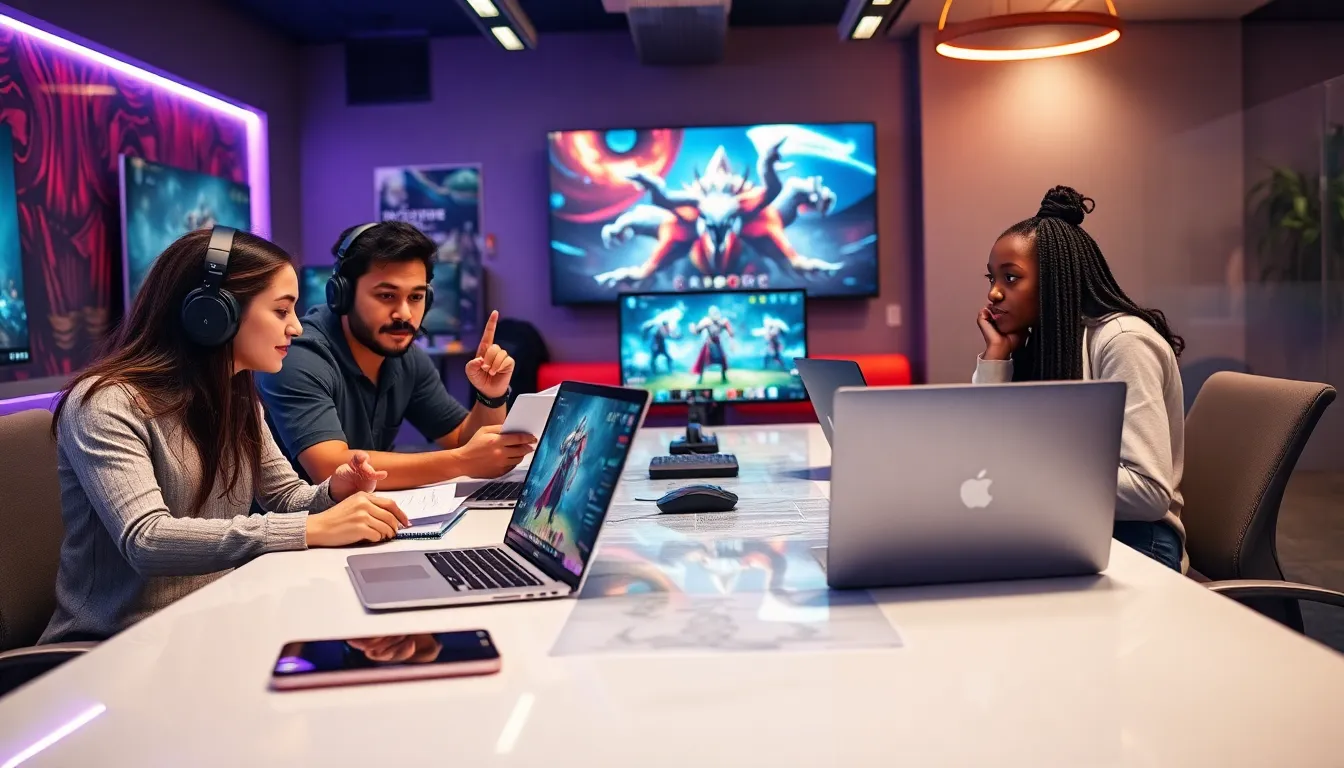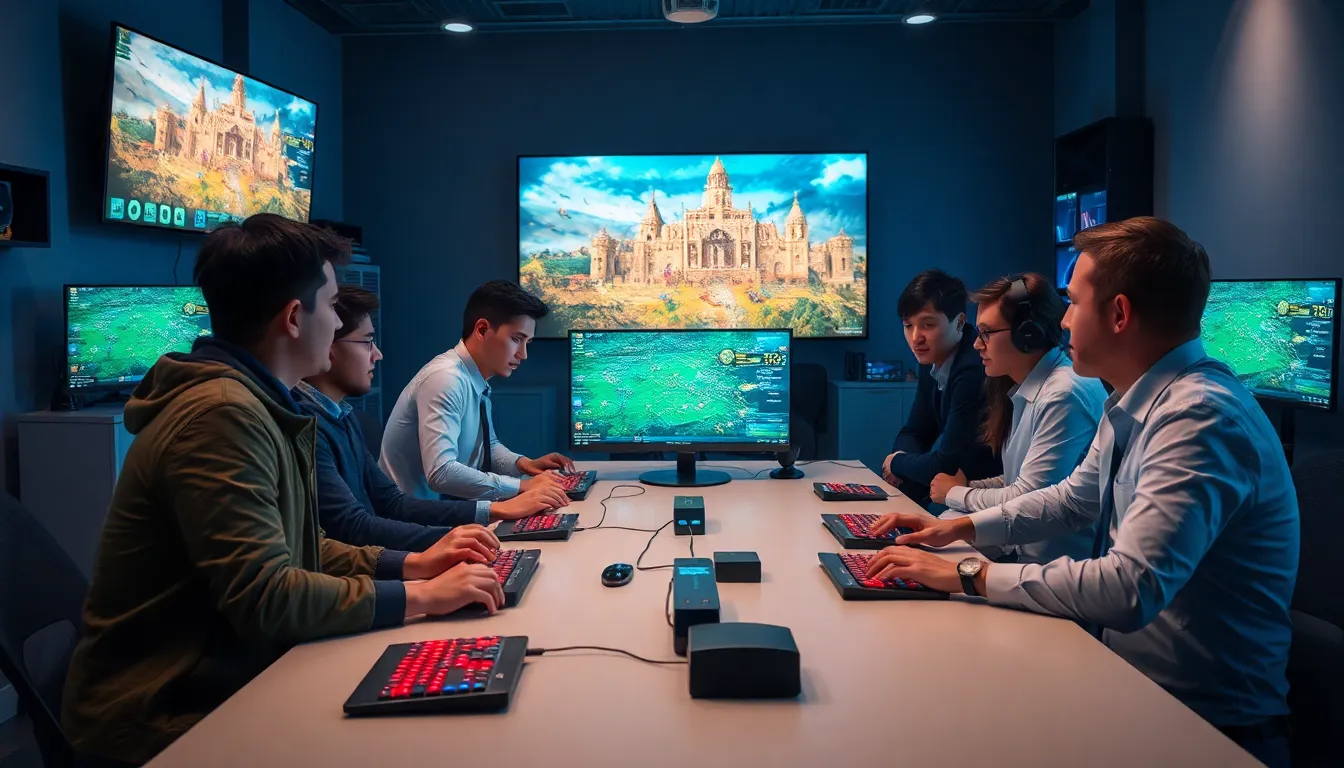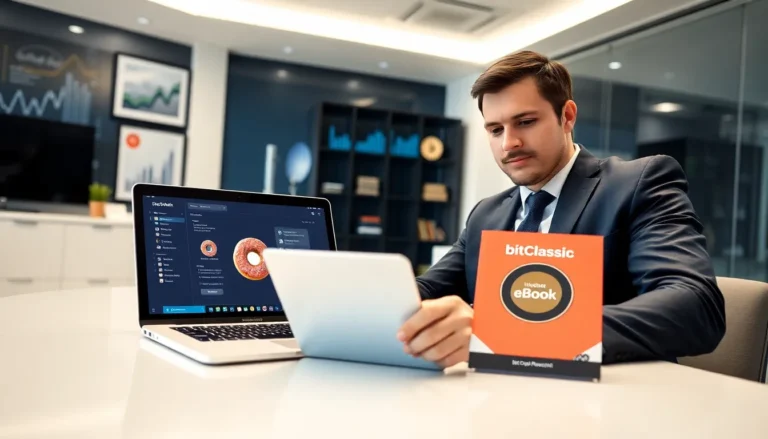Table of Contents
ToggleImagine storming a fortress with friends, wielding epic gear, and feeling invincible, only to realize no one brought the right snacks. That’s the essence of a gaming raid. It’s the ultimate test of teamwork, strategy, and perhaps, a little bit of luck. In this guide, we’ll jump into conquering raids, exploring everything from team dynamics to handling those pesky hiccups along the way. Ready to level up your raid strategy? Let’s jump in.
Understanding Raids: A Crucial Element in Gaming

Raids are often the pinnacle of adventure in many multiplayer games. Groups of players band together to tackle challenging bosses or objectives that require coordination, communication, and often, a whole lot of patience.
Types of Raids
Not all raids are created equal. Players can encounter various types, including:
- PvE (Player vs Environment): Here, teams face off against AI-controlled enemies. These raids often involve intricate mechanics and significant challenges.
- PvP (Player vs Player): In these scenarios, opposing teams unleash chaos on each other. Strategy is paramount as players must outsmart human opponents.
- Dungeon Raids: Typically smaller, these raids focus on solving tactical puzzles and defeating mini-bosses, offering a unique challenge.
- World Boss Raids: Massive in scale, these raids encourage entire communities to come together and defeat colossal threats. Being aware of the different types allows players to tailor their strategies, ensuring more successful outcomes.
Importance of Team Composition
A successful raid often hinges on the right mix of skills and roles within a team. Without the proper composition, even the best strategies can fall flat.
Strategies for Successful Raids
Understanding the strengths and weaknesses of each character class is essential. A well-rounded team usually consists of:
- DPS (Damage per Second): Essential for quickly taking down bosses. Their damage output can change the tide of battle.
- Healers: Vital for keeping the team alive. A good healer can mean the difference between victory and defeat.
- Tanks: Often the frontline defenders, they absorb damage and protect the more vulnerable team members.
Balancing these roles is crucial for a holistic approach to raids.
Tips for Communication and Coordination
Effective communication can’t be overstated. Players should agree on:
- Roles: Each person needs a clear understanding of their part.
- Strategies: Prior defending tactics before the action begins: players should always plan their approach during fights.
- Feedback: After encounters, discussing what went well (or not) is pivotal.
Dealing with Challenges During Raids
Even though the best planning, challenges are inevitable during raids.
Common Pitfalls to Avoid
Some common mistakes can lead to disaster:
- Lack of preparation: Failing to gear up properly or understand the boss mechanics can lead to quick wipes.
- Poor communication: If team members aren’t sharing information, it can throw the entire strategy off balance.
- Ignoring roles: Straying from one’s assigned role may seem tempting, but it can be detrimental to team success. Understanding these pitfalls helps teams create contingency plans.
Post-Raid Analysis and Improvement
After every raid, reflection is vital. How did the team perform? What were the highlights, and what lessons can be learned?
- Reviewing Raid Logs: Analyzing damage dealt, healing outputs, and boss mechanics can provide invaluable insights.
- Team Feedback Sessions: These discussions can identify strengths and weaknesses, leading to future improvements.
- Adaptation: Flexibility is key: if something didn’t work this time, adjusting strategies for the next raid is crucial. This analysis can transform a mediocre raid experience into something spectacular.




